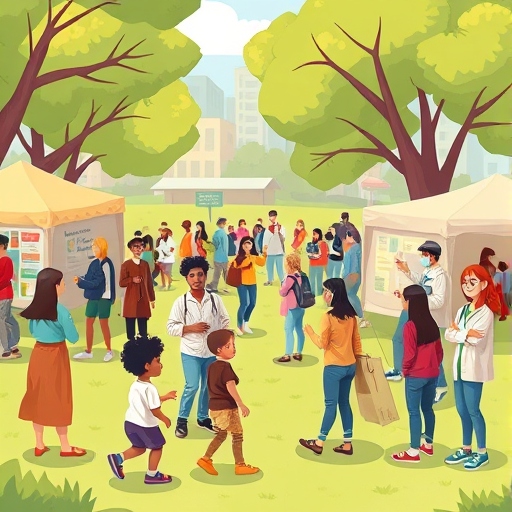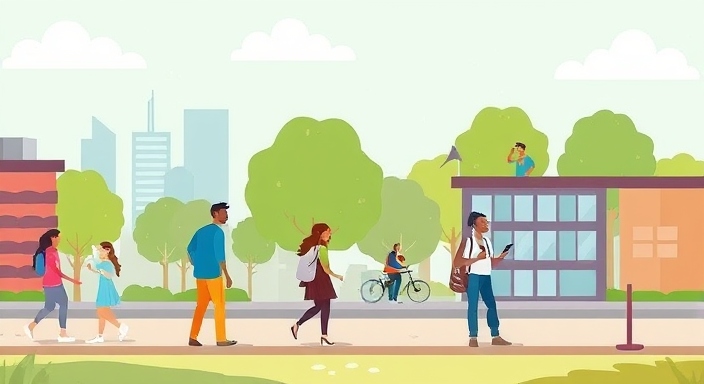Public health is the cornerstone of a healthy society. It focuses on improving the health of communities by preventing disease, promoting healthy lifestyles, and addressing health disparities. Understanding and addressing public health issues is essential for building a thriving, equitable world where everyone has the opportunity to live a healthy life.

1. What Are Public Health Issues?
Public health issues are concerns that affect the well-being of populations rather than individuals. They range from infectious diseases to lifestyle-related illnesses and environmental challenges.
Key Areas of Public Health:
- Disease prevention and management.
- Access to healthcare.
- Environmental health.
- Health education and awareness.

2. Common Public Health Issues
a. Chronic Diseases
- Examples: Heart disease, diabetes, and cancer.
- Cause: Often linked to lifestyle factors like poor diet, lack of exercise, and smoking.
b. Infectious Diseases
- Examples: COVID-19, influenza, and tuberculosis.
- Prevention: Vaccination, proper hygiene, and public health campaigns.
c. Mental Health
- Issue: Rising rates of anxiety, depression, and suicide.
- Solution: Expanding access to mental health services and reducing stigma.
d. Environmental Health
- Examples: Pollution, unsafe water, and climate change.
- Impact: Poor air and water quality contribute to respiratory and other diseases.
e. Health Inequities
- Issue: Unequal access to healthcare services among marginalized groups.
- Solution: Policies that address systemic barriers to healthcare.

3. The Role of Public Health Initiatives
Public health initiatives aim to improve the overall health of communities by tackling these challenges head-on.
a. Vaccination Programs
- Immunization campaigns have eradicated diseases like polio and drastically reduced others like measles.
b. Health Education
- Awareness campaigns encourage healthier lifestyles, such as reducing tobacco use and increasing physical activity.
c. Disease Surveillance
- Monitoring outbreaks helps contain and manage infectious diseases.
d. Environmental Protections
- Efforts to reduce pollution and improve waste management protect communities from harm.

4. Challenges in Addressing Public Health Issues
- Resource Limitations: Many regions lack the funding and infrastructure to address health concerns effectively.
- Misinformation: False information can hinder public health efforts, as seen during the COVID-19 pandemic.
- Globalization: Increased travel and trade contribute to the rapid spread of diseases.
5. How You Can Contribute to Public Health
- Stay Informed: Understand the health challenges affecting your community.
- Advocate for Change: Support policies that improve healthcare access and environmental protection.
- Adopt Healthy Habits: Make lifestyle changes that reduce your risk of chronic diseases.
- Volunteer: Join local organizations working on public health campaigns.
- Share Accurate Information: Help combat misinformation by sharing reliable health resources.
6. Success Stories in Public Health
Public health initiatives have achieved remarkable milestones, including:
- Eradication of Smallpox: A global vaccination effort wiped out this deadly disease.
- Decline in Smoking Rates: Anti-smoking campaigns have significantly reduced tobacco use worldwide.
- Improved Maternal and Child Health: Programs focused on prenatal care and immunization have saved millions of lives.
Conclusion: Public Health Is Everyone’s Responsibility
Public health issues don’t just affect individuals—they impact entire communities. By working together, we can create a healthier, more equitable world. Whether through small personal actions or large-scale initiatives, every effort contributes to a brighter future for all.






